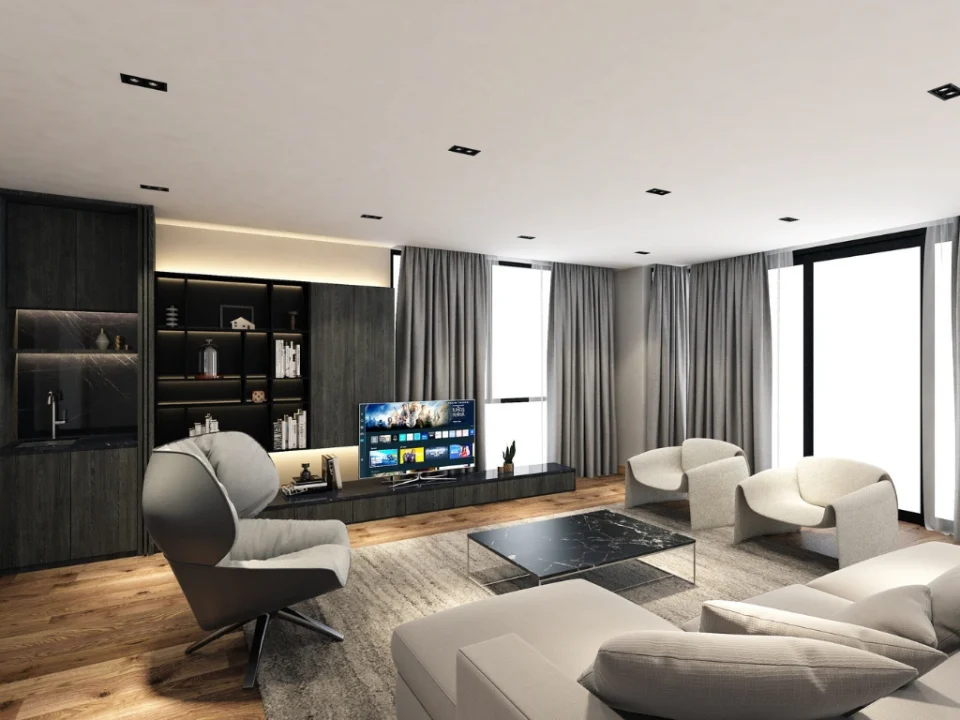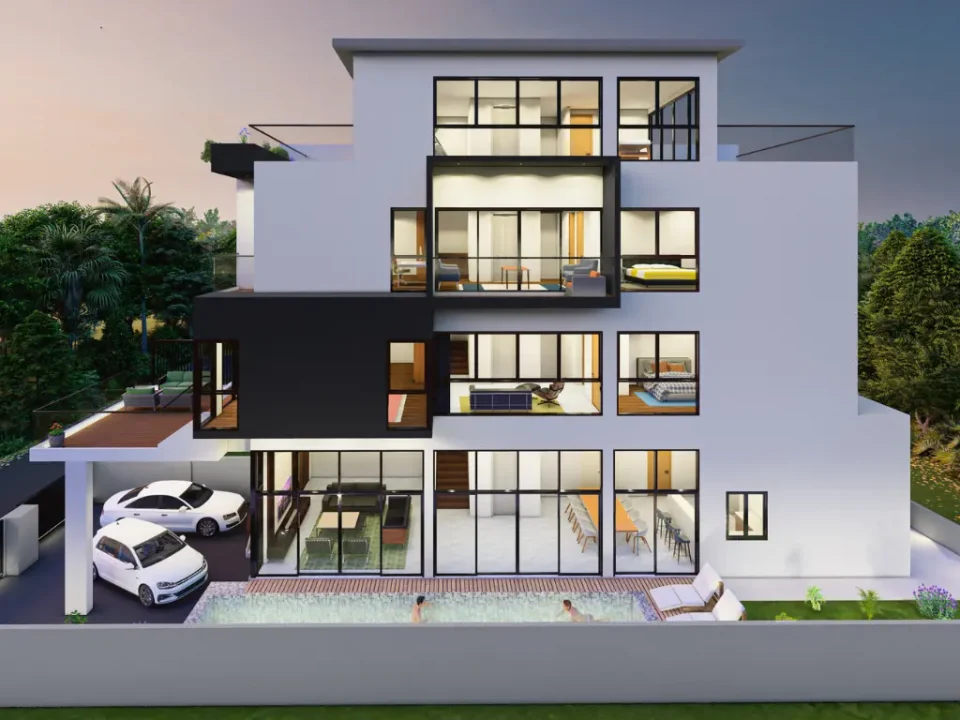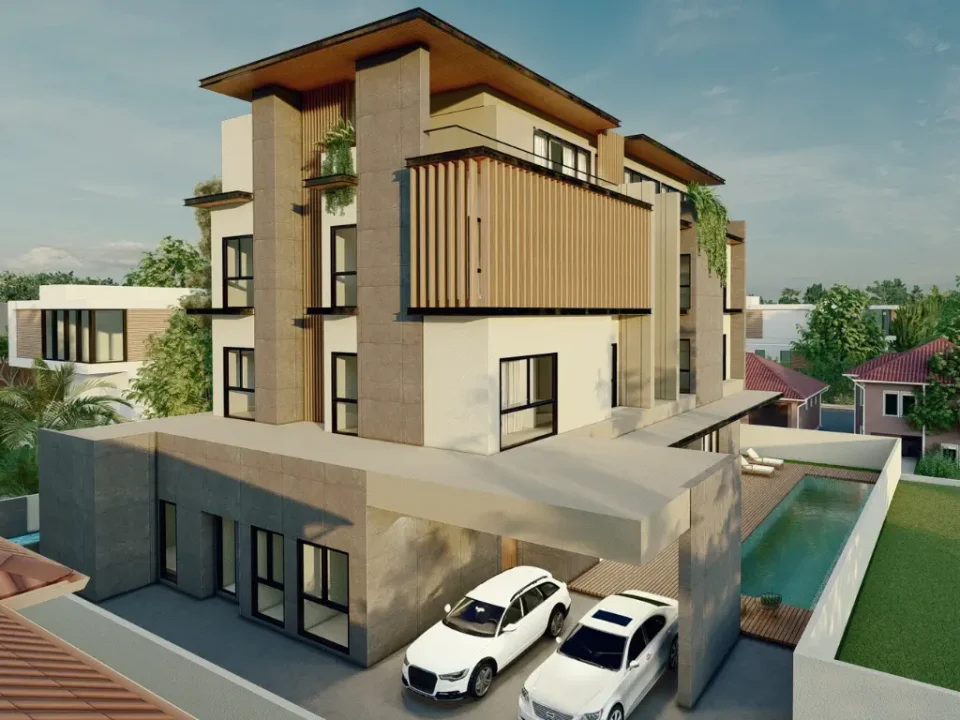
2022 Home Interior Design Trends in Singapore
February 3, 2022
Guide to House Building & Interior Design in Singapore
April 14, 2022Traditional Procurement vs Design and Build in Singapore
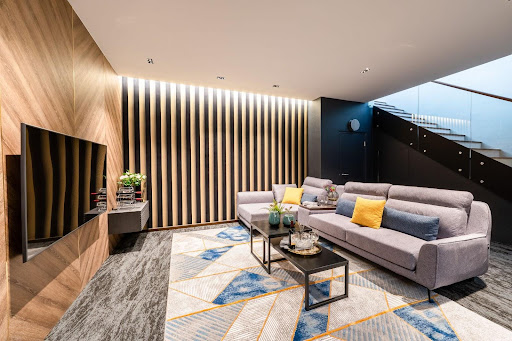
Source: Sevens Build
Have you ever admired these lovely bungalows and wondered how they came to be?
Many of our customers come to us with images and concepts of how they want their ideal homes to look. Behind the scenes of these dream homes involves a process with a great attention to detail – from design to building to completion.
There are two procurement strategies you might use to do this task: Traditional Procurement or Design and Build.
The characteristics of both procurement techniques are discussed in this article, as well as their suitability for your project.
Traditional Procurement Process
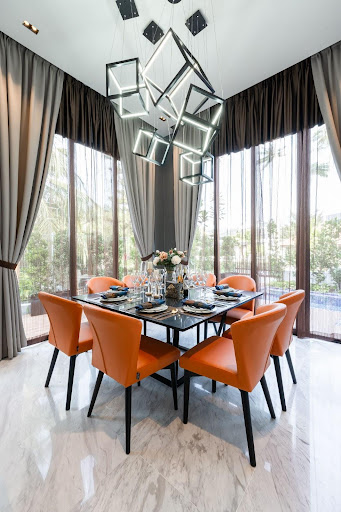
Source: Sevens Build
What are the differences between traditional contracts and design-build contracts? The conventional technique begins with design. The customer collaborates with an architectural design firm to lay out the building design before any work begins. The designers are not involved in the building process outside of those related to the interior design, unlike a design and build contract.
A typical contract divides the entities in charge of the various aspects of the project. They go on to the bidding stage when a design has been created and authorized by the project owner. Several third-party contractors will provide offers to the customer based on the finished design at this point. For the client’s approval, proposals include all project information, including construction costs.
The independent designing and construction organizations combine to deliver the concepts to reality when the project owner selects their building team. The conventional technique divides the teams liable for each component of the construction process in a project.
Design and Build Project
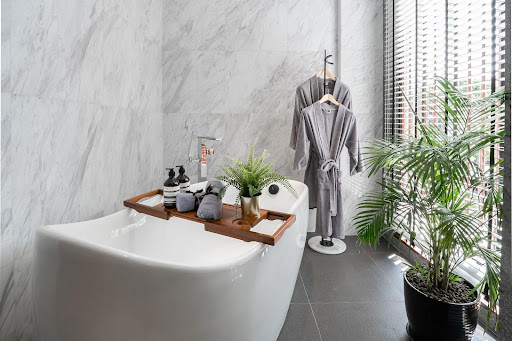
Source: Sevens Build
A Design and Build (DB) Contract is an innovative building strategy that encompasses the full building process. A single team handles the project — from design and construction to renovation works and carpentry works. Unlike typical contracts, clients no longer need to cooperate with independent architectural design teams to sketch up project designs.
The design and build contract was created to make project communication easier for the customer and the construction crew. Working with a single team may result in greater communication than working with several teams. This is especially significant because planning and construction are frequently done concurrently as the project progresses.
This strategy also streamlines the bidding process by establishing the whole project team prior to the project commencement. The project owner will have a single point of contact for all design and construction needs. He or she will be able to hold the sole contractor responsible for any project defects.
Key Elements of a Design and Build Project
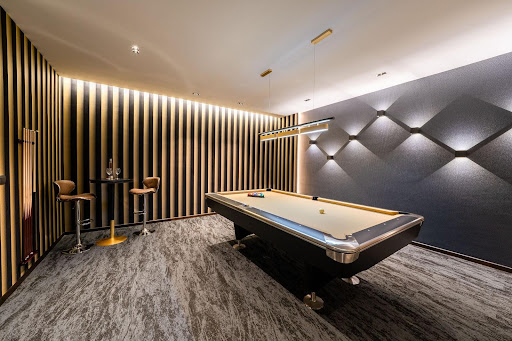
Source: Sevens Build
1. Requirements of the Employer
This is where the project owner puts down all of the project’s needs. While the team will oversee the design, the employer will still need to give their requirements for the contractor. The contractor then generates a quote based on the client’s requirements.
The employer can provide relevant documents that may assist the contractor in gaining a better knowledge of the project. Relevant documents include the soil study report, the area’s sewage system, legal property and land ownership, and others.
2. Proposal for a Contractor
The contractor will provide a proposal to the project owner, covering all components of the project, based on the employer’s expectations. The design-build team defines the boundaries of the proposed project, resources required, building delivery schedule, site preparation, as well as other contract-specific details that meet the project owner’s needs.
The contractor’s proposal, which is provided for the client’s approval, also includes names, contact information, and pertinent details for contact tracing.
3. Analysis of the Contract Sum
The Contract Sum Analysis shows the total project cost and is provided to the client for approval. This paper contains a summary of the project’s estimated overall cost, including a full analysis of all parts and their costs.
The customer may make modifications at this point based on the contract amount analysis in relation to their budget. The project owner and the contractor’s team will discuss billing arrangements and interim payments once the project has been approved.
Pros of Design and Build Method
#1: Time-saving
Design and build in Singapore combines the first three stages of a standard contract into a single contract, saving time and resources. Because the design and construction will take place concurrently, the project owner will save time on the overall time it takes to execute the project from start to end.
This strategy is chosen by project managers who are working under a tight schedule or who have a certain finish date in mind. A project owner, for example, may wish to complete the project on an auspicious date.
#2: Reliable Partnership
Because the design-and-build team has already collaborated together on prior projects, communication should be easier with one cohesive unit monitoring the task from start to end.
#3: Cost effective
The project owner will be able to save on project expenses and legal obligations if an issue with the design or structural integrity of the building arises in the future by engaging only one team instead of many companies.
Cons of Design and Build Method
#1: Design and Build Team’s Expertise
Design and build in Singapore is a relatively new approach in the construction industry, and it is not as widely utilized as the Traditional Contract method. As a result, the pool of contractors willing to take on design and build projects may be limited, with many lacking the skills to complete the project from start to finish.
When it comes to hiring a contractor for design and build in Singapore, do your homework as the project owner to identify the finest alternative for you. A low-cost contractor may save you money in the near term, but a competent contractor will save you money in the long run on repairs and maintenance.
#2: Reality vs Expectations
The final product might deviate from the client’s expectations based on the contractor’s degree of experience. This is particularly the case when the design is created as the building progresses, resulting in numerous modifications to the undertaking.
Choose a contractor who will match your needs as a customer and has a fluid workflow between teams to guarantee that the job is completed on time and to your satisfaction.
Concluding Words
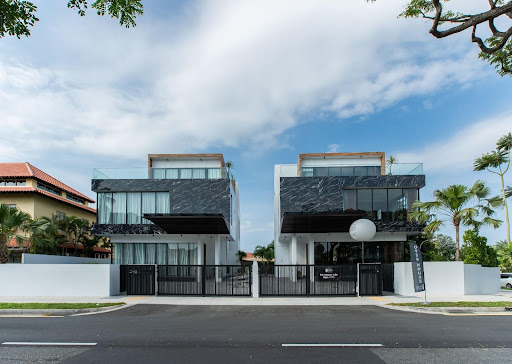
Source: Sevens Build
The key distinction between Traditional and Design and Build Contracts is the point of contact. You’ll have to choose between a single point of contact in the design-and-build technique and distinct points of contact per category in the conventional way as a project owner.
Deciding on engaging a design and build company in Singapore to create your dream home? Learn more about our projects or contact us today.

